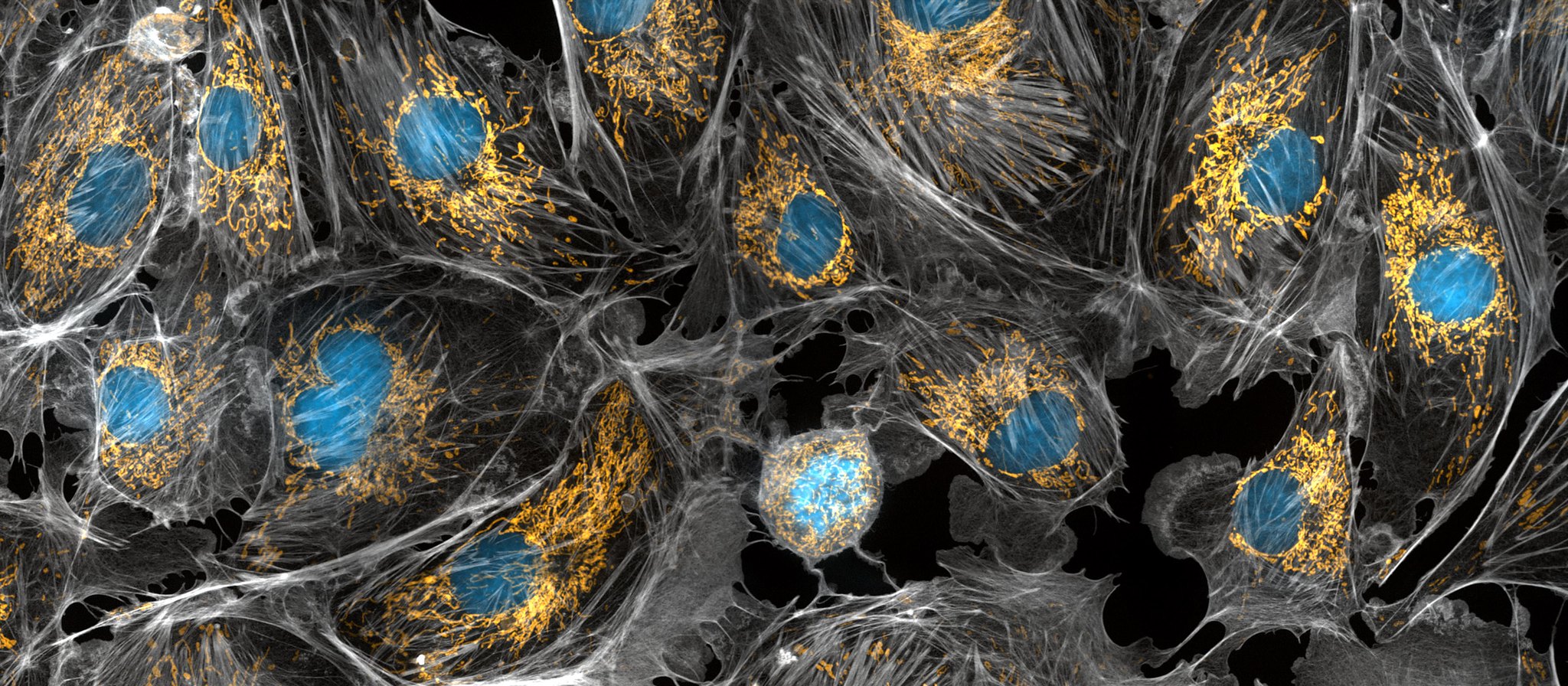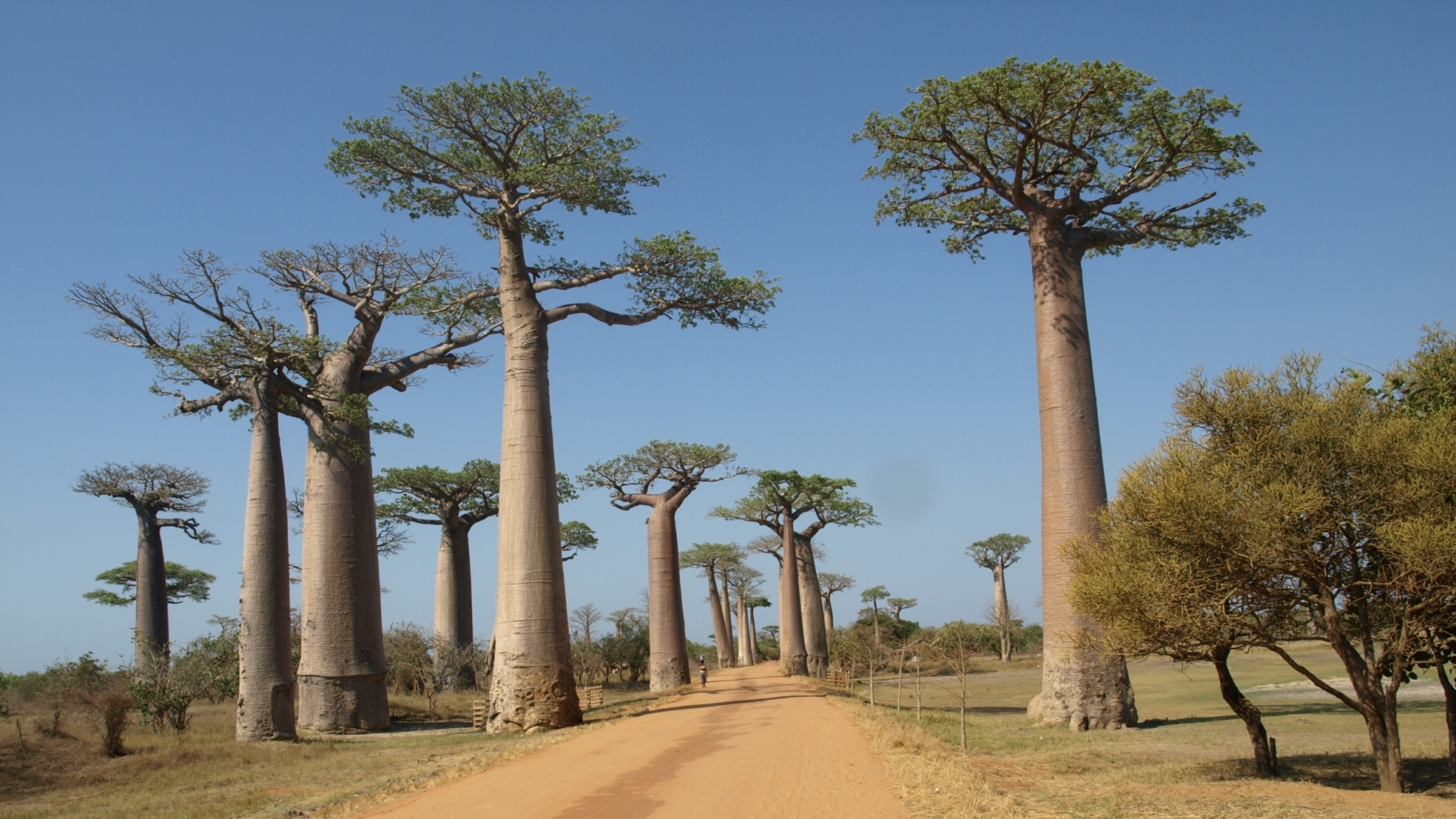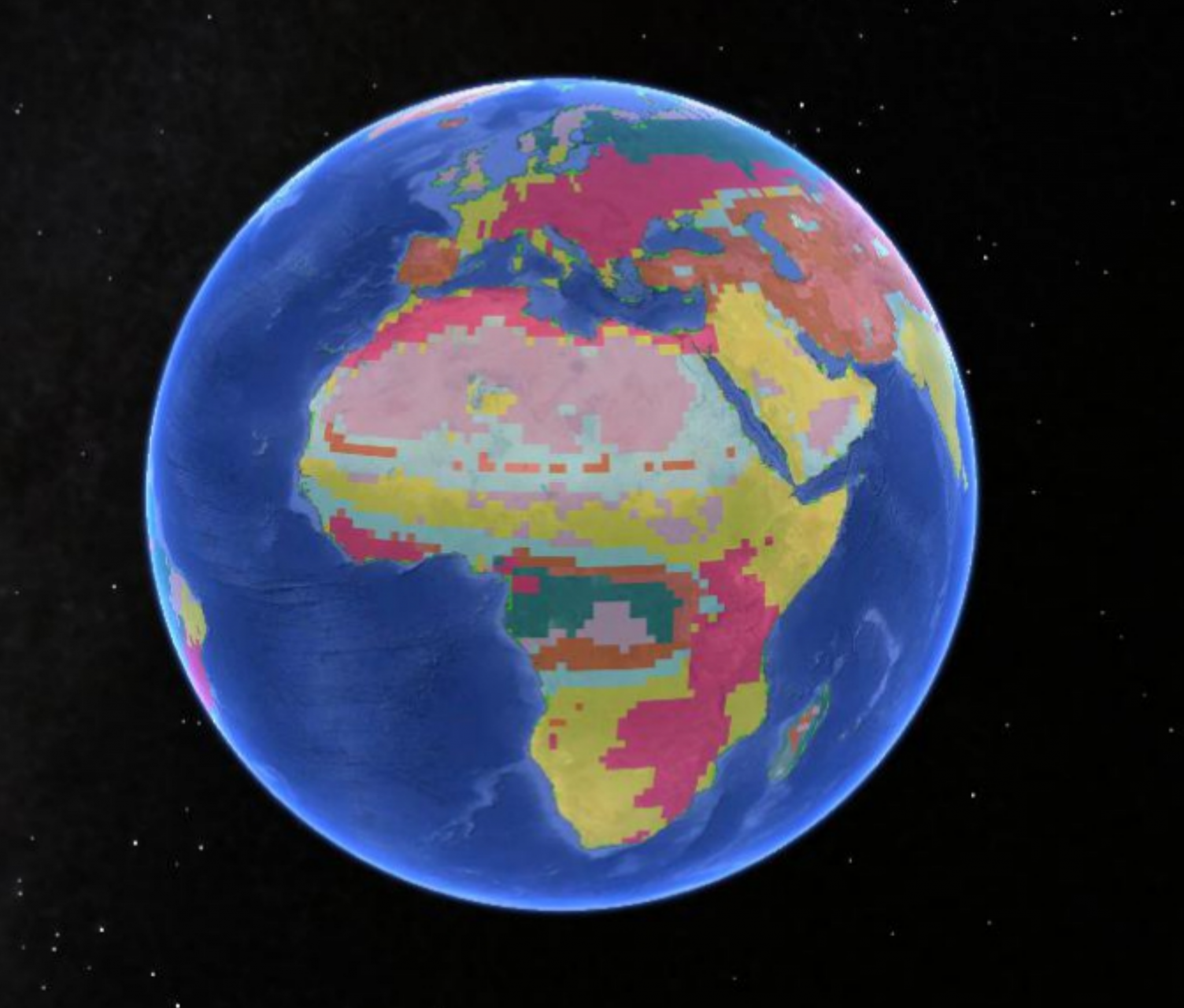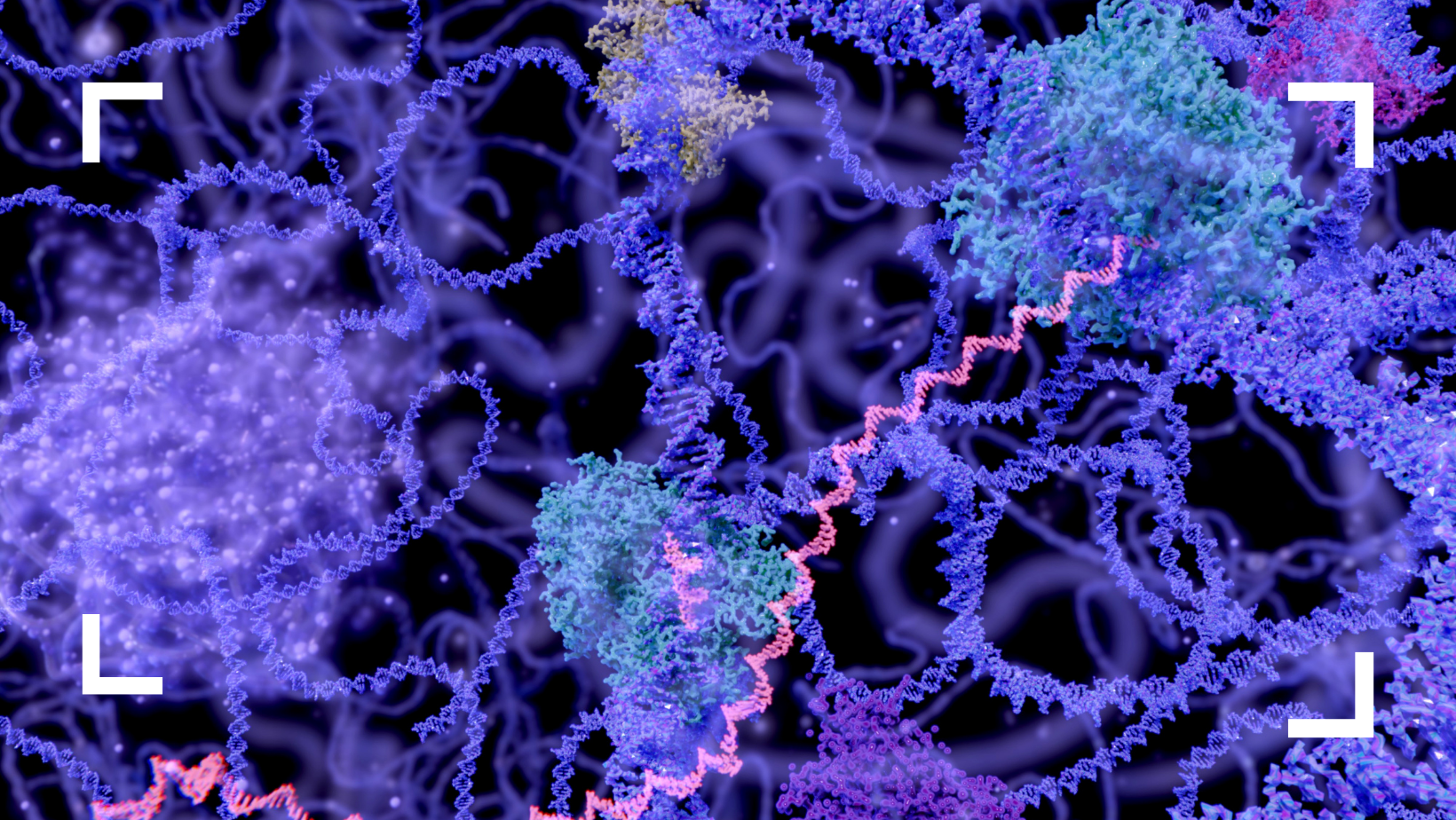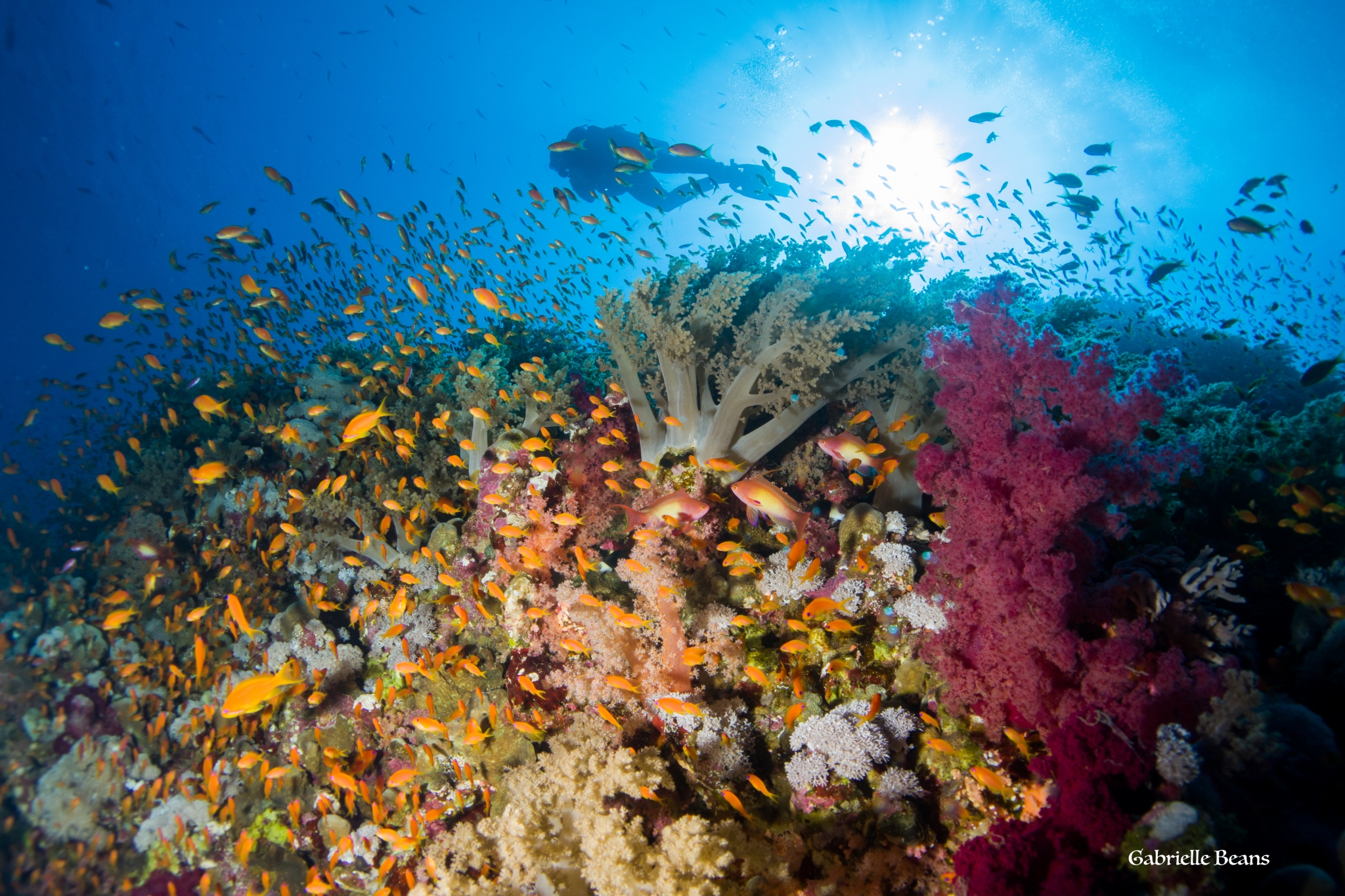Life’s insiders: Decoding endosymbiosis with mathematics
Life’s insiders: Decoding endosymbiosis with mathematics Endosymbiosis, the intimate and long-term relationship where one organism lives inside another, is a cornerstone of life as we know it, and a key to the emergence of complex life on Earth. Many of the mysteries surrounding endosymbiosis are difficult to tackle using empirical approaches [...]

